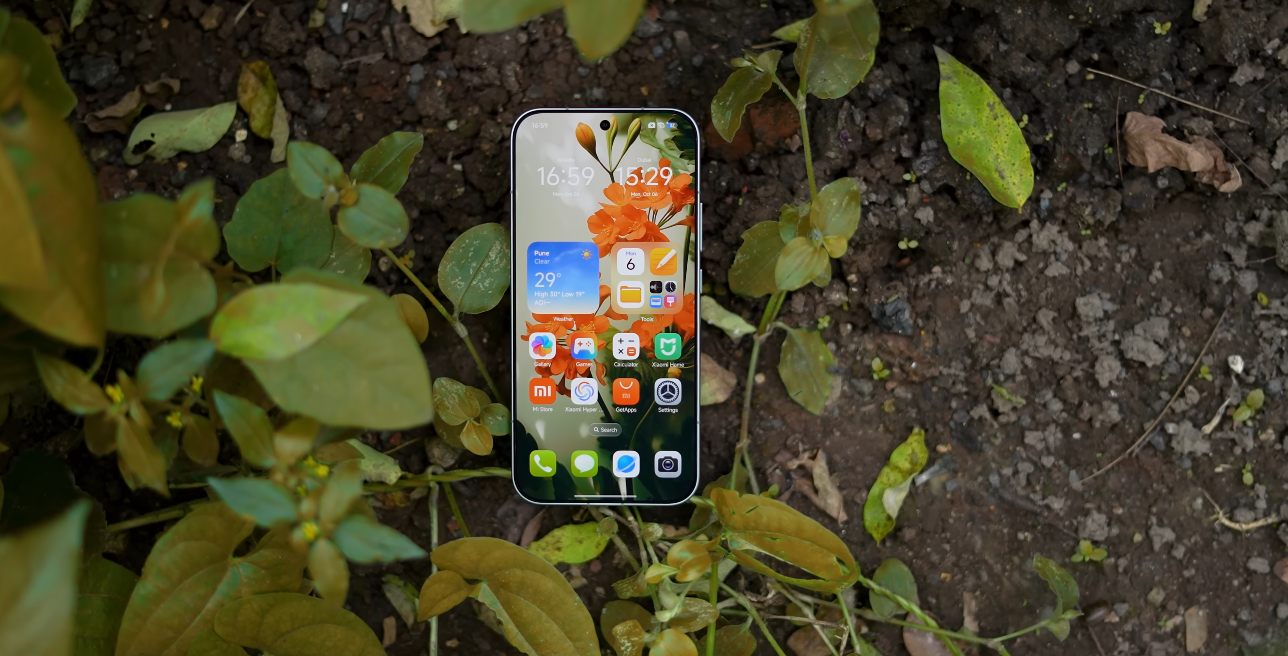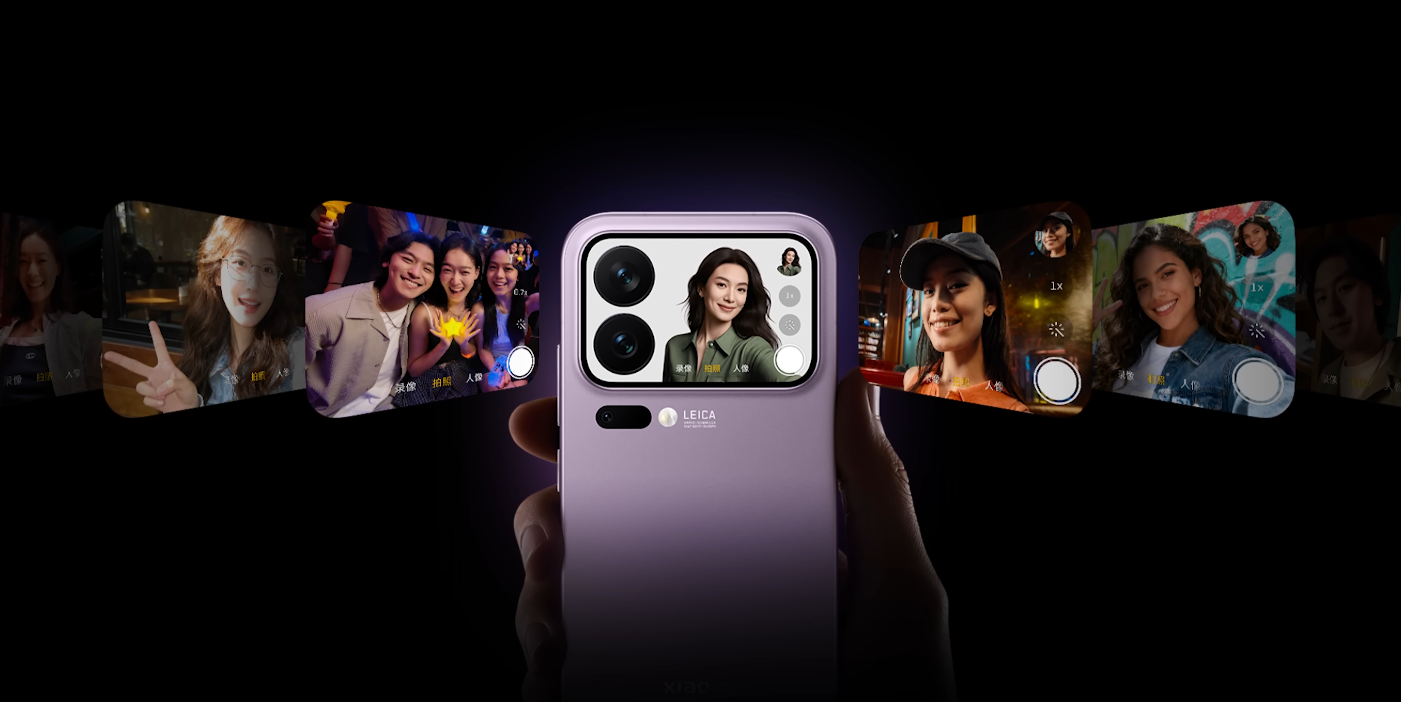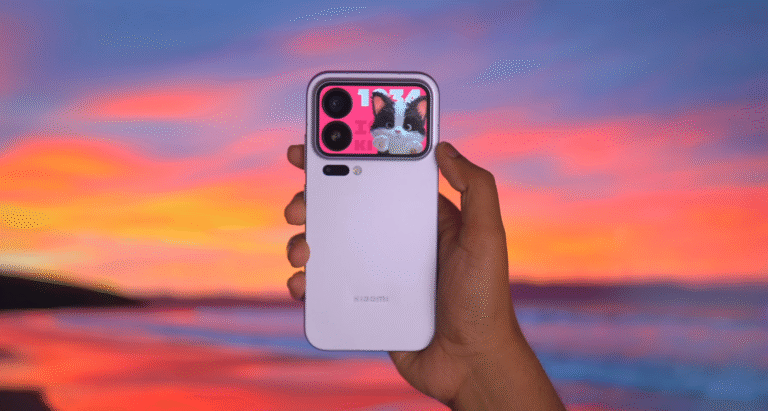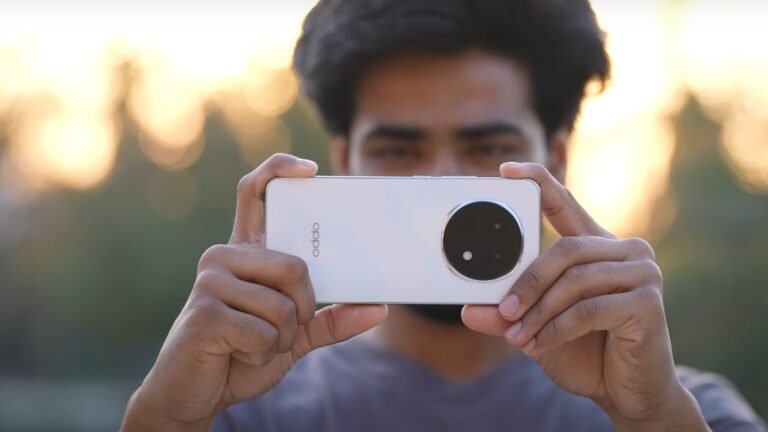Xiaomi 17 Pro Max review: could this topple the iPhone 17 Pro Max?

Is Xiaomi’s new flagship a real threat to Apple’s crown?
Xiaomi’s 17 Pro Max enters the flagship scene at a time when the ultra premium segment is more competitive than ever, and this model has been positioned as the boldest Android challenger yet. The company has focused on next-generation display technology, battery endurance, camera power, and processor performance to stand out against Apple’s iPhone 17 Pro Max. This comparison matters because both devices are aimed at serious buyers who expect the best in hardware, long-term performance, and professional-grade imaging. Xiaomi is pushing harder than usual with high end engineering and headline making battery claims, and the industry has taken notice of this more aggressive strategy.
The display is one of the biggest talking points of the 17 Pro Max, because Xiaomi has chosen a very large LTPO AMOLED panel with fast refresh support, slim bezels, and brightness targets that line up with other ultra premium phones this year. The company is also promoting a secondary rear display concept again, and this smaller back panel is mainly intended for quick notifications, camera framing, and always-on alerts. Apple’s iPhone 17 Pro Max stays more traditional on the design side, with a single main display and refined premium build that continues to define the brand.
In performance, Xiaomi is applying the latest Qualcomm Snapdragon generation which is built on advanced power efficient fabrication. Early data points from industry testers suggest that overall responsiveness, gaming stability, and thermal balance are strong, and more importantly, Xiaomi has tuned memory throughput aggressively for heavy multitasking. Apple, however, still maintains its custom silicon advantage with the newest A-series chip, and performance numbers continue to show Apple leading in peak single core capability. This means Xiaomi looks competitive for real world tasks, but Apple still feels ahead for raw processing bursts.

Camera hardware is another major spotlight for Xiaomi because its 17 Pro Max uses large 50MP class sensors for wide, ultra wide, and telephoto. Xiaomi is clearly targeting high zoom clarity and stronger night reproduction using modern computational imaging. Industry hands-on sessions indicate that zoom photos, especially in bright outdoor scenes, look crisp and detailed from Xiaomi’s new system. The iPhone 17 Pro Max, however, retains well established video leadership, and it continues to be preferred by creators who rely on smooth colour science, pro-grade recording modes, and seamless editing workflows across platforms.
Battery life is a potentially defining advantage for Xiaomi this generation. The brand is promoting one of the largest mainstream battery capacities available in its class, paired with fast wired charging and fast wireless capability. This could translate to very strong longevity scores in moderate usage, although efficiency tuning still plays a major role. Apple’s iPhone 17 Pro Max does not match Xiaomi on raw capacity, but Apple does benefit from tight software optimisation and that often keeps its endurance competitive even with smaller physical cells.
Software experience is a split decision because Xiaomi uses its own Android based platform, which offers customisation freedom, more manual control, and a different layout approach. Apple continues to refine iOS with stability, ecosystem services, reliability, and cross device integration that is unmatched in the consumer electronics industry. Switching ecosystems is a major barrier for many buyers, and that alone could influence which brand maintains the upper hand in annual sales.
Price positioning also matters in this comparison. Xiaomi has a long history of delivering advanced hardware at more accessible pricing relative to many global competitors. Apple maintains its premium pricing strategy, but backs it with very strong long-term software support and predictable resale value. That means some buyers see Apple as safer for a long horizon, while others value Xiaomi’s aggressive innovation per dollar.
Based on what is known so far, Xiaomi has done enough to become one of the most serious challengers to Apple in 2025. The 17 Pro Max introduces real hardware upgrades that do not feel like minor specification bumps. Apple remains extremely strong where it has always been strong: ecosystem, polish, long-term reliability, and video excellence. Xiaomi, however, now has a combination of display tech, battery scale, and imaging ambition that gives Android loyalists a genuinely exciting alternative.
So the result is less about whether Xiaomi absolutely topples Apple, and more about how sharply competitive this generation now is. Xiaomi’s 17 Pro Max shows that Android flagships can match and occasionally exceed Apple in certain specification categories, but Apple still holds a unique position in user retention and platform consistency. Both models will attract different types of premium buyers, and this is the closest hardware battle the segment has seen in a long time.






